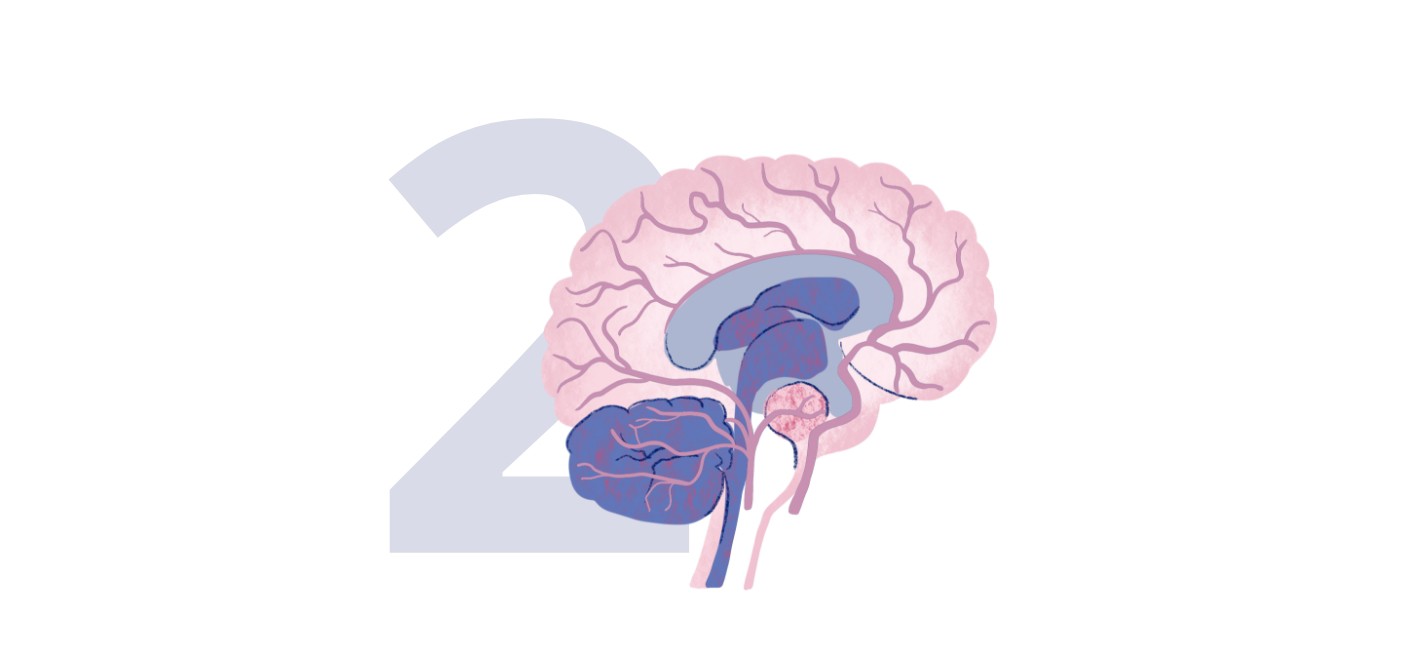Cardiovascular disease or CVD is an umbrella term for conditions that affect the heart or blood vessels.1 There are many different types of cardiovascular disease, with some of the most common being coronary heart disease, cerebrovascular disease, heart failure, and peripheral artery disease.2

Over the last several decades, the number of Americans affected by
cardiovascular disease has steadily risen. In turn, the U.S. has
experienced an increase in the number of people with chronic
conditions, as CV diseases are highly-correlated with other chronic
conditions such as diabetes and obesity.
At Novo Nordisk,
we are acting on our purpose to meet the unmet needs of people living
with serious chronic disease, including cardiovascular disease
(CVD). We welcome you to learn more about its causes, symptoms, and
risk factors, and learn about our research and development efforts
within this disease area.
Coronary heart disease, also known as coronary artery disease, is
characterized by the buildup of atherosclerotic plaques in the heart’s
arteries. As these plaques grow, they can reduce or even rupture and
fully block the flow of oxygen-rich blood to the heart muscle,
resulting in a heart attack.5
Some of the most common risk factors for coronary heart disease include smoking, obesity, diabetes, abnormal cholesterol levels, and high blood pressure.6
A heart attack occurs when the heart muscle is severely deprived of oxygen due to reduced or completely blocked blood flow in coronary arteries supplying the heart.7

A primary cause of cerebrovascular disease is atherosclerosis, where
the formation of fatty deposits called plaques can lead to blood
vessels in the brain becoming narrow, the formation of a clot
(thrombosis), an artery becoming blocked (embolism), or a blood vessel
rupturing (hemorrhage).8 Cerebrovascular disease, which can
lead to stroke, is one of the most common causes of death and a
leading cause of disability.9
Cerebrovascular disease often manifests in a person experiencing an acute nonfatal event (ie, emergency department [ED] visit, hospitalization) or fatal event, with stroke being the primary disease type.1,2 Cerebrovascular disease is a leading cause of serious long-term disability, and the second leading cause of death worldwide.3
High blood pressure, smoking, obesity, diabetes and abnormal cholesterol levels can all increase the risk of developing cerebrovascular disease.9
A stroke occurs when a blood vessel supplying the brain with oxygen is blocked (ischemic stroke) or if a blood vessel bursts (hemorrhagic stroke).8 The part of the brain that does not get enough blood or oxygen becomes damaged and starts to die within minutes, and can cause long-term brain damage, disability, or even death.10
Heart failure is a chronic, progressive condition in which the heart muscle cannot pump enough blood to meet the body’s need for blood and oxygen.9
Both coronary heart disease and high blood pressure are major risk factors for heart failure.11
Peripheral arterial disease (PAD) is the narrowing or blockage of the
vessels that carry blood from the heart to the legs.12 It
is primarily caused by atherosclerosis. PAD can happen in any blood
vessel, but it is more common in the legs than the arms.12
Risk factors for PAD include12:
- Diabetes
- Smoking
- Advanced age
- High cholesterol levels
- High blood pressure
We are committed to advancing research and development in cardiovascular disease for the unmet needs that remain today. CVD is the common denominator for a host of chronic, serious diseases and continues to guide our research and development moving forward.
We are working toward treatment options that help address concurrent disease states. Our ultimate goal being to improve outcomes so patients can lead healthier, longer lives.
We are proud to support Know Diabetes By HeartTM,
empowering Type 2 diabetes patients and their loved ones to work
together with organization and industry leaders to lower their risk
for cardiovascular disease.
Visit Know Diabetes by HeartTM
The American Heart Association® has been fighting heart
disease and stroke, striving to save and improve lives.
Visit American Heart Association®
1. Cardiovascular diseases overview. World Health Organization (WHO). Published 2024. Accessed June 21, 2024. https://www.who.int/health-topics/cardiovascular-diseases
2. National Heart, Lung, and Blood Institute (NHLBI). Know the difference: cardiovascular disease, heart disease, coronary heart disease. Accessed June 21, 2024. https://www.nhlbi.nih.gov/sites/default/files/publications/FactSheetKnowDiffDesign2020V4a.pdf
3. CVD Prevention | What We Do. World Heart Federation. Accessed June 21, 2024. https://world-heart-federation.org/what-we-do/prevention/
4. American Heart Association. CDC prevention programs. Heart.org. Published June 5, 2023. Accessed June 21, 2024. https://www.heart.org/en/get-involved/advocate/federal-priorities/cdc-prevention-programs
5. American Heart Association. Coronary artery disease - coronary heart disease. Heart.org. Published January 10, 2024. Accessed June 21, 2024. https://www.heart.org/en/health-topics/consumer-healthcare/what-is-cardiovascular-disease/coronary-artery-disease
6. Hajar R. Risk factors for coronary artery disease: historical perspectives. Heart Views. 2017;18(3):109-114. doi:10.4103/HEARTVIEWS.HEARTVIEWS_106_17
7. American Heart Association. What is a heart attack? Heart.org. Published December 2, 2022. Accessed June 21, 2024. https://www.heart.org/en/health-topics/heart-attack/about-heart-attacks
8. Cardiovascular diseases (CVDs). World Health Organization (WHO). June 11, 2021. Accessed September 24, 2024. https://www.who.int/news-room/fact-sheets/detail/cardiovascular-diseases-(cvds)
9. Tong X, Yang Q, Ritchey MD, et al. The Burden of Cerebrovascular Disease in the United States. Prev Chronic Dis. 2019;16:180411. doi:10.5888/pcd16.180411
10. CDC. About stroke. Stroke. Published May 20, 2024. Accessed June 21, 2024. https://www.cdc.gov/stroke/about/index.html
11. American Heart Association. Risks for Heart Failure. Heart.org. Published June 13, 2023. Accessed June 21, 2024. https://www.heart.org/en/health-topics/heart-failure/causes-and-risks-for-heart-failure
12. CDC. About peripheral arterial disease (PAD). Heart Disease. Published May 20, 2024. Accessed June 21, 2024. https://www.cdc.gov/heart-disease/about/peripheral-arterial-disease.html
